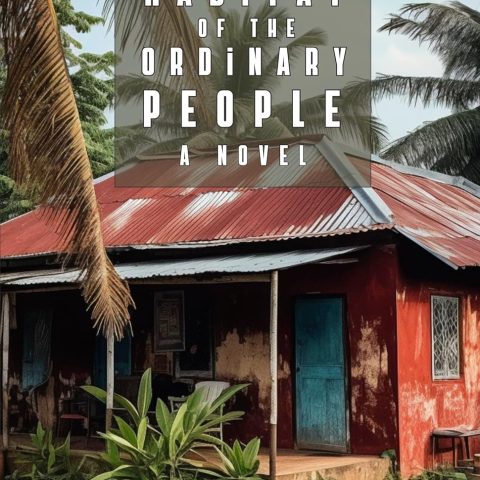MORE THAN A FAD By Nutrition ExpertTuesday, June 28, 2011.“Whole” is the latest buzzword in diet and nutrition. Wholegrain, wholemeal, wholewheat, wholefoods. But what does it all mean?Well,
I guess the easiest way to describe it is going back to basics. You
won’t find any fancy packaging or difficult to pronounce additives.
Just basic ingredients, brimming with goodness. The type of foods that
would have nourished our ancestors, long before sliced bread,
boil-in-the-bag or microwave cookery. Think grains, nuts, seeds,
fruits, honey. Unlike our ancestors, we don’t have to go foraging in
the wilderness to find wholefoods – they are all readily available in supermarkets everywhere!You’ll be spoiled for choice, but here are my Top 10 Wholefoods to get you started:Figs
– can be bought either fresh or dried and are packed with fibre.
Naturally sweet, they can be used in baking to reduce amounts of added
sugar. Fresh and dry figs are high in pectin, a soluble fibre
that may help to reduce blood cholesterol. The fruit is also believed
to have a laxative effect and can aid those who suffer from chronic
constipation.Pomegranates
– bursting with vitamins A, C, E and folic acid, pomegranates have
three times more antioxidant power than green tea or red wine. A single
pomegranate alone contains 40% of an adult’s recommended daily
allowance of vitamin C. Recent studies have boosted sales of
pomegranate juice, showing that it may help reduce bad cholesterol levels and the risk of developing heart disease, osteoarthritis and some cancers.Beans
– not just baked beans, but kidney beans, aduki beans, butter beans,
chickpeas to name but a few, all fall into this category. Like pulses,
beans are low Gi, low in fat, rich in soluble fibre and good sources of
B vitamins, iron, calcium, zinc and potassium. Beans can make a very
healthy addition to any diet, especially for vegetarians. Click here to read more about their benefits.Brown Rice – unlike white rice, brown rice is not processed therefore it retains its abundance of B vitamins and fibre. Brown rice is also low in fat
making it an ideal complex carbohydrate, especially for anyone with a
gluten or wheat intolerance, or anyone following a low Gi diet.
�
Manuka Honey
– the healing properties of honey have long been recognised. Recently a
scientist in New Zealand has shown that honey made from the flowers of
the manuka bush, a native of New Zealand, has antibacterial properties
over and above those of other honeys. It can even be incorporated into
wound dressings, so great is its anti-bacterial and anti-fungal powers!
Eating honey can also help build up resistance to pollen and beat hay
fever. Use to sweeten smoothies and porridge, or have a small amount on
wholegrain toast.
Quinoa
– an ancient crop which fed the Central American Aztec Indians for
thousands of years, quinoa (prounounced ‘keen-wa’) has recently been
cultivated in Britain and is gaining popularity as a staple food. It
has a high protein content, containing between 13-14% protein with a
good amino acid composition therefore it is excellent for vegetarians.
Quinoa is also gluten-free
so suitable for Coeliacs. It has a mild taste, and firm but slightly
chewy texture. It absorbs twice its volume in liquid when cooked, and
the grains sweeten and become translucent. Use it in place of rice or
pasta in cooked dishes, serve it as an accompaniment, in salads or as a
stuffing.Bulgar Wheat
– a cracked wheat, bulgar can be bought in an easy-to-use form where
you just add water, similar to couscous. It is an excellent source of
complex carbs and also a useful source of B vitamins and small amounts
of iron and copper. Bulgar wheat can be eaten hot as an alternative to
rice or pasta, or cold in salads such as tabbouleh.Nuts
– despite bad press in the past due to their high fat and calorie
content, nuts are actually low in saturated fat and most nuts,
especially hazelnuts and macadamias, have a high monounsaturated fat
content. All nuts are low Gi
and contain significant amounts of iron, zinc and magnesium, with
Brazil nuts being particularly rich in selenium, an antioxidant which
is thought to help protect against heart disease, ageing and cancer.
Anyone with a peanut allergy should avoid all nuts and nut-containing
foods. Click here for some more nutty facts.Seeds
– with the recent popularity of the Gi diet, sales of seeds such as
pumpkin, sunflower and sesame seeds have soared. A handy snack, seeds
are rich in polyunsaturated fats, protein and minerals such as
potassium, copper, zinc and magnesium. Seeds can also be added to
soups, salads, cereal and yoghurt for extra crunch. Limit intake to 1
tablespoon per day if you are following a weight loss plan, due to their high calorie and fat content.Wild Rice
– not actually a rice at all, but an American grass used as an
important food by the Indians and early settlers. It is cooked and
served the same way as other rice but takes about 50 minutes to cook.
It has a subtle nutty flavour making it a good base for a special dish
and it can be economically mixed with other rice. Wild rice will
nutritionally enhance any dish, providing protein, B vitamins, calcium
and lots of fibre.
Send to a friend | �
View/Hide Comments (0) | �





